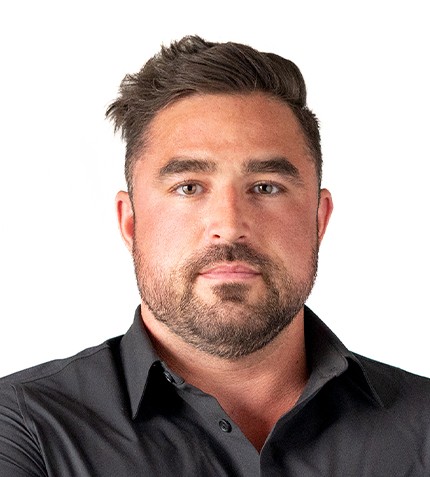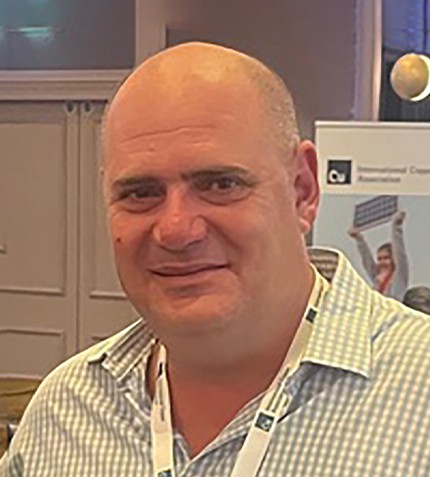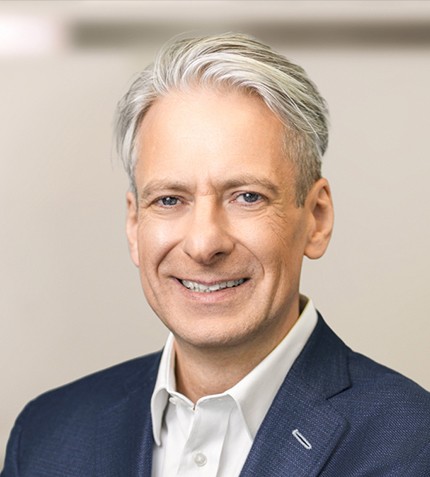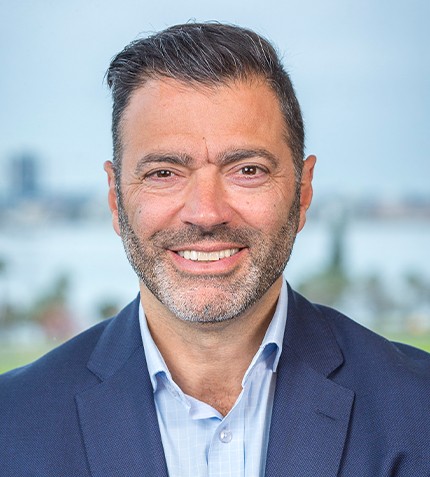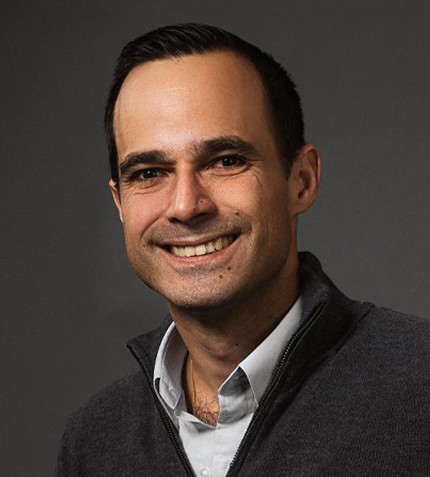
"We are on track to become a gold producer and will continue working towards that goal."
Jose Vizquerra
PRESIDENT & CEO, O3 MINING INC.
O3 Mining reported the latest drill results from the 2021 program at Marban. What are the project’s next steps?
O3 Mining’s Marban project is located in Val-D’Or Québec, 12 km from the Canadian Malartic mine, the largest operating gold mine in Canada. The Marban project already has resources in both measured and indicated categories which we increased with the completion of our infill drilling program in 2021, and is included in the updated resource released in Q1 2022. We are now moving from the previously completed PEA to the PFS, which we intend to finish this year to have more certainty as we continue to move towards production and to add greater fundamental value for our shareholders. We are on track to become a gold producer and will continue working towards that goal. We aim to have the Marban project in production by the end of 2026.
What is your long-term vision regarding potential depth expansion at Marban, and what is the relevance of having Canadian Malartic’s mill nearby?
Having projects on the prolific Cadillac-Larder Lake Fault zone (CLLFZ), at the boundary between the Abitibi Subprovince and the Pontiac Subprovince, means we are operating on a deep-seated structure. The fault hosts over six mines, with four in operation, including Goldex and Wesdome. These projects extend up to two kilometres and beyond at depth.
The open-pit operation at Canadian Malartic will run out of ore by 2028. Its Odyssey project, expected to produce approximately 545,400 oz/y, will start production in 2029 through 2039. The plant capacity was designed to support the open pit mine processing around 55,000 mt/d; with some days hitting up to 60,000 mt/d. As the mine transitions to underground, the mill will be processing significantly less ore. Given it is a single circuit plant that uses the same amount of power despite the amount of ore, we believe the opportunity to collaborate is open in the future.
How will your relationship with Moneta evolve following the sale of the Garrison project?
Having a consolidated project facilitates drilling to expand the resource. For us, Garrison was not a sale, but rather the relocation of the asset into Moneta Gold. Many years ago, we bought Garrison knowing the property hosted 2.5 million oz. We also knew that the extension of the project was something worth monitoring resulting in the conversation with Moneta Gold for a strategic partnership combining the Garrison property and the Golden Highway property to create the Tower Gold project. I believe that Moneta Gold will be the next mine to be built in Ontario in the next five years. They hold potential for not only open-pit, but also underground mining scenarios.
How are the expansion drilling plans for Alpha evolving?
Alpha is a unique part of our land package in Val-d’Or, covering 20 km of the Cadillac Break, and located about three km south of Eldorado’s Lamaque mine. Our drilling at the Alpha project has been focused on the northern side of the project, where we have continued to produce very good drilling results from the Akasaba sector, Omega sector and the Bulldog-Kappa sector. This year, 33,000 m of drilling will focus on the expansion of the Kappa and Bulldog deposits, following up on significant Sigma type veins at the Omega sector to prove the existence of an auriferous system, and resource expansion of the Akasaba deposit.
How has the pandemic impacted your operations?
Being in the Abitibi-Témiscamingue region of Québec, we initially did not see many cases of Covid surrounding our projects and luckily, had zero cases with either our employees or our contractors. Through the implementation of added safety measures, we were able to continue with our activities, including the execution of our large-scale drill program. The primary effects we experienced were delays in getting assay results from the lab. The Omicron wave of the pandemic has been unavoidable and has directly impacted O3 Mining. To keep our employees and community safe we have implemented additional health and safety procedures to mitigate Covid transmission.




